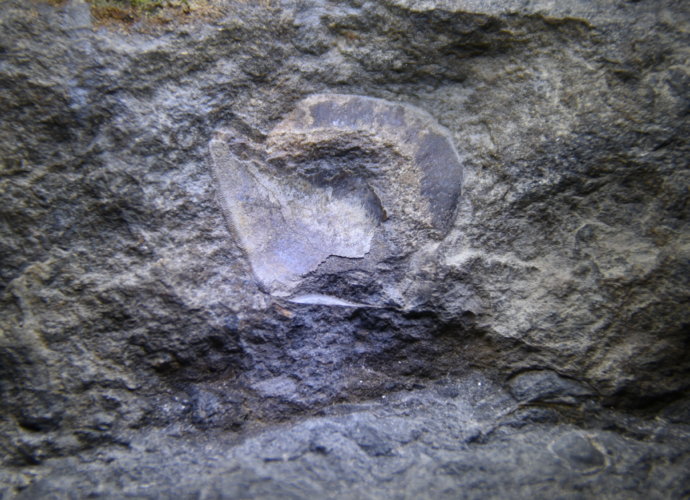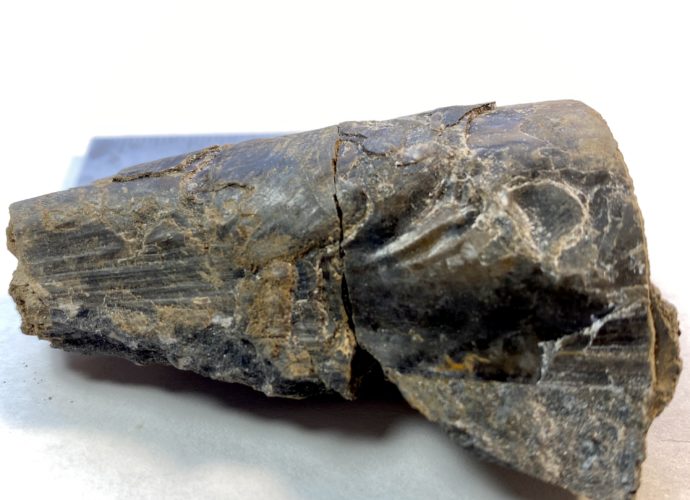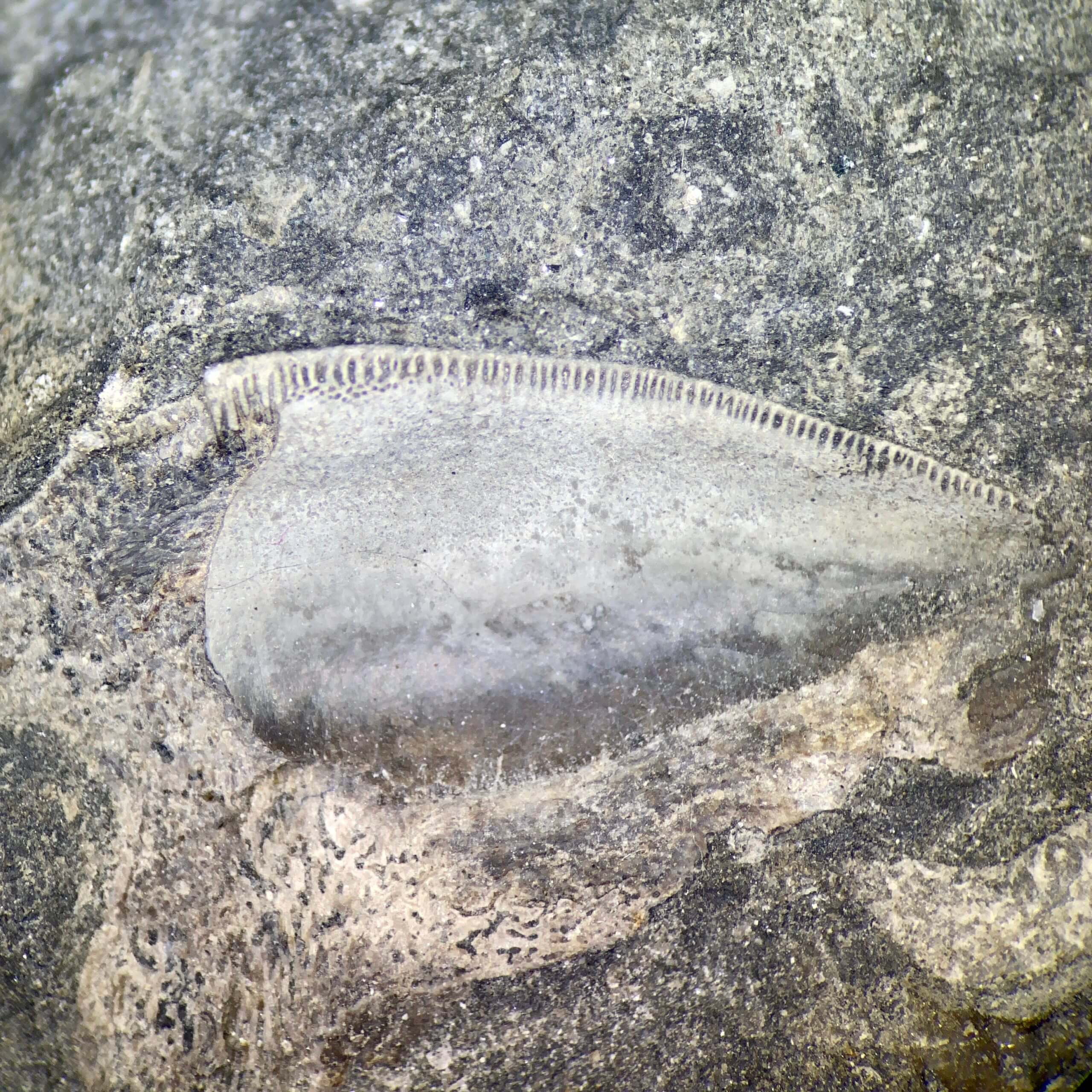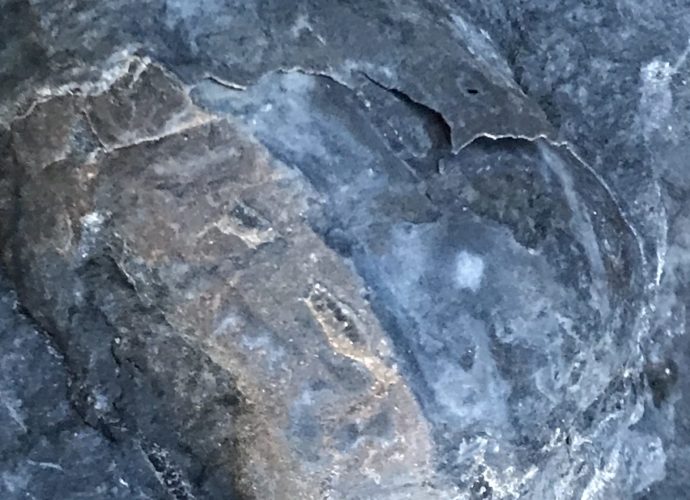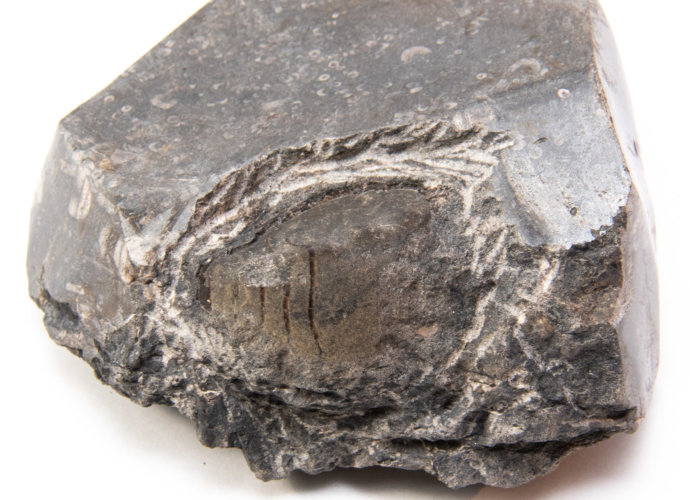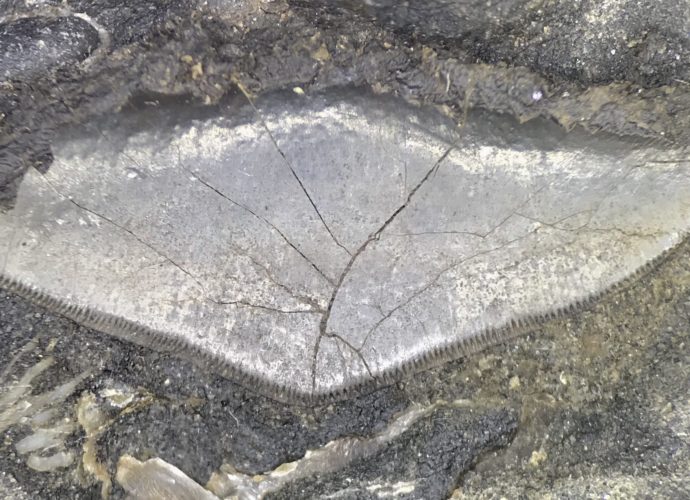Petalodus VI
While sorting through the endless piles of fossil pieces I have set near the lab microscope, I found another piece of a Petalodus Tooth. This is the most incomplete of the teeth I’ve found to date, with only a microscopic tooth chip left behind. However, this helps with microscopic viewsRead More →


